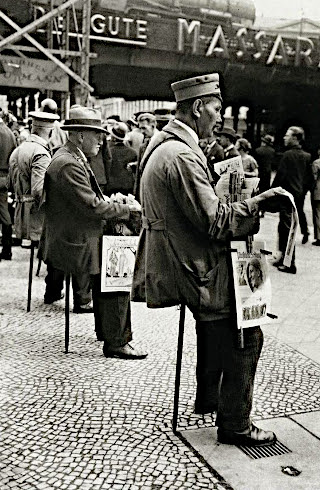A step in the right direction for sure.
A much needed enhancement would be to report the five largest position holders in key markets, on the long and short side over a certain size limit on a weekly basis.
Release: 5710-09
For Release: September 2, 2009
CFTC Implements New Transparency Efforts to Promote Market Integrity
Washington, DC – The U.S. Commodity Futures Trading Commission (CFTC) today announced that it will begin implementing new transparency efforts outlined in a July 7, 2009, statement by CFTC Chairman Gary Gensler. Starting Friday, September 4, 2009, the CFTC will begin disaggregating the data in its weekly Commitments of Traders (COT) reports and begin releasing, on a quarterly basis, data collected from an ongoing special call on swap dealers and index traders in the futures markets.
“A core mission of the CFTC is to promote market transparency,” CFTC Chairman Gary Gensler said. “Last September, the CFTC recommended disaggregating our weekly Commitments of Traders reports. In July, I announced that we would also periodically release data on index investors’ participation in the commodity futures markets. I am pleased that as of Friday, September 4, we will be able to take these steps toward increased transparency. For the first time, we will break out managed money and swaps in our COT reports and release information on index investment to give the public a better of view of trading activity in the futures markets.”
Commitments of Traders (COT) Reports
For decades, the CFTC has provided the futures industry with COT reports consisting of aggregated large-trader position data to shed light on the changing composition of the markets. The reports are based on a request by Congress for an annual report, upon passage of original enabling legislation in the 1920’s, and have been intensified over time into weekly reports in several formats and a weekly Commodity Index Supplement for 12 agricultural markets, begun in January 2007.
Beginning Friday, September 4, 2009 (for data as of September 1, the CFTC will publish additional COT data for 22 contract markets, including major agriculture, energy and metals markets. The COT reports currently break traders into two broad categories: commercial and noncommercial. The new reports will improve upon the existing reports by breaking the data into four categories of traders: Producer/Merchant/Processor/User; Swap Dealers; Managed Money; and Other Reportables.
The CFTC intends to produce the same disaggregated data on all of the remaining physical commodity markets for which we currently publish COT data. The agency will continue to also release the traditional COT reports for a transition period until at least the end of 2009. This will allow the public to become familiar with the new reports as well as comment to the CFTC as to any further possible enhancements (Comments should be submitted via email to secretary@cftc.gov by October 1, 2009). The CFTC also plans to soon release three years of historical data for the new report.
The CFTC also is working to create a new COT for all of the financial markets in a form that will improve the transparency of those markets. The categories of this new financial COT may be different from those being applied to the physical markets, described above.
The CFTC is concurrently working on improvements to the agency’s Form 40 and other methodologies to improve the accuracy of trader classifications.
See Disaggregated COT Explanatory Notes under Related Documents for additional information.
Index Investment Data
In addition to disaggregating the CFTC’s COT reports, the agency will begin periodically releasing data on index investment in the commodity futures markets. In September, 2008, the CFTC published a Report on Swap Dealers and Index Traders that was based on data received from our special call authority. The CFTC continued this special call and enhanced the information disseminated in the September report. Starting Friday, September 4, the agency will begin releasing the data on a quarterly basis with a goal of eventually releasing this data monthly.
The new data will include both gross long and gross short positions and will update data in the previously released report to include some additional data.





























